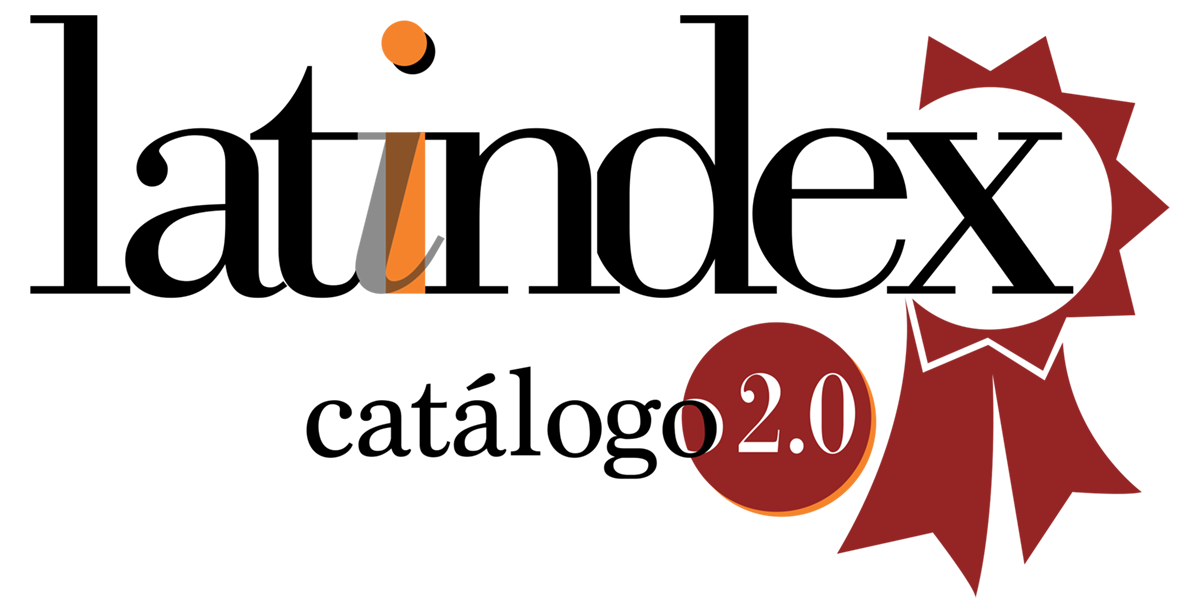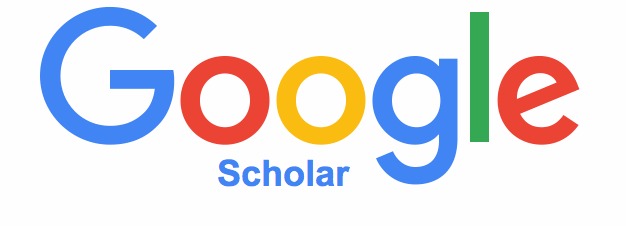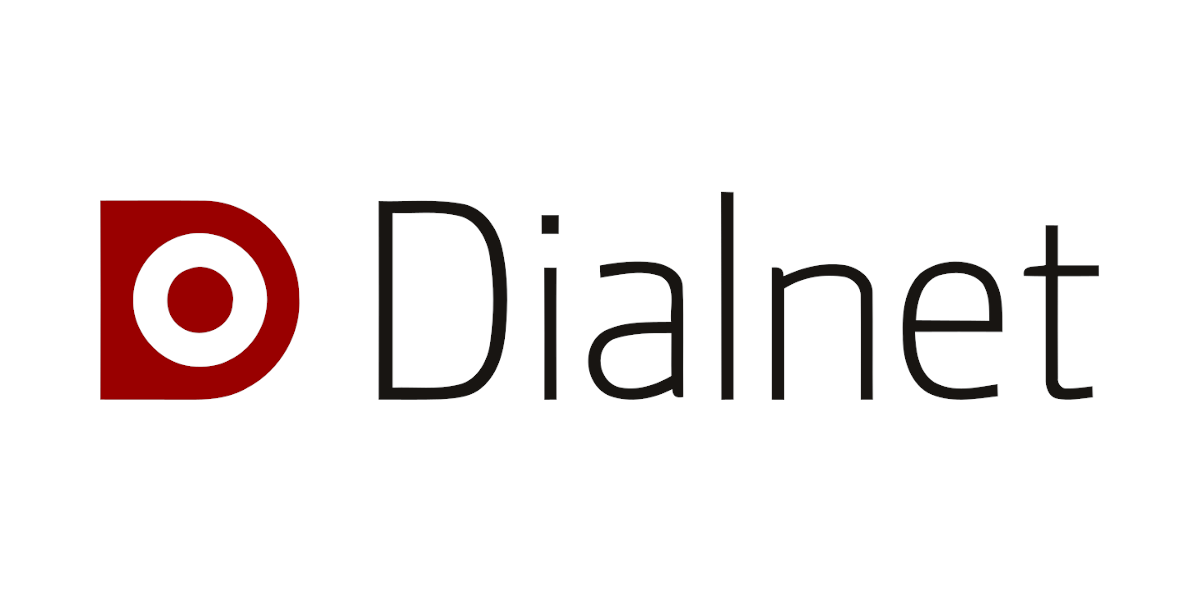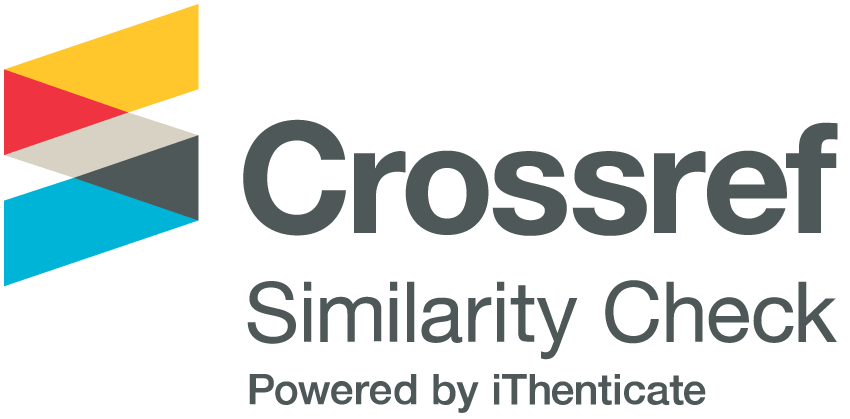Policy on errata, corrections and retractions
The Centra Journal of Social Sciences, like any scientific publication, is governed by the principle of maintaining the integrity and validity of all published texts. To this end, robust evaluation procedures have been established, which are detailed in the corresponding section (in the Submissions section). Authors should review and be familiar with these procedures before submitting any text to the journal.
However, under certain exceptional circumstances, a text (article, research note, etc.) already published in the journal may be modified for well-founded reasons, subject to the decisions of the editors in charge and the Editorial Board, and always in accordance with the criteria already indicated on its website by the Committee on Publication Ethics (COPE).
In all cases, the goal will be to keep the texts current or, if applicable, to highlight any malpractice that violates the journal's Ethics Declaration. In all cases, the principle of complete transparency will be adhered to.
In this regard, the following assumptions can be identified:
Errata
When, due to circumstances attributable to the authors of a text, or to the journal's own review, editing, or layout process, an error or inaccuracy is found that is considered minor and does not call into question the ultimate validity of the text, it will be corrected in the online version of the text. A note will be added at the end indicating the existence of an "Errata" that will refer to an additional, independent text detailing the corrected errata and the changes made.
This additional, independent document will have a specific DOI and will be published alongside the text in question, as well as in the Notices section of the journal's website.
Changes made by the authors must have the approval of the editorial managers.
Corrections
If the problems identified in the published text are considered significant, given that they affect the veracity of the arguments and conclusions of the text, the methodology followed, the empirical evidence provided, or when they relate to authorship conflicts that can be resolved by consensus, and are considered to call into question the prestige and reputation of the authorship of the text and of the journal itself, the authors will be allowed to correct the text regarding those problems or omissions identified that have been considered relevant and important.
The resulting new text, and especially the changes introduced, will be subject to a detailed review by the journal's editorial directors.
If the new text does not pass this editorial review phase, it will be retracted from the journal, as indicated in the following point. Retraction will also occur if the authors fail to heed the editorial supervisors' instructions to reformulate and correct, with the necessary changes, the problems identified as significant.
If the corrected text passes the editorial review phase, the initially published online version will be replaced by the new version of the text. A note will be added at the end of the text indicating the existence of a "Correction" that refers to an additional, independent text detailing the corrections and changes made.
This additional, independent document will have a specific DOI and will be published alongside the text in question, as well as in the Notices section of the journal's website.
Retractions
When the allegations in texts already published in the journal refer to cases of fraud, plagiarism, repeated publication, duplicate publication in another journal, or involve a co-authorship conflict that cannot be resolved by consensus by the authors and that the Editorial Board considers serious, the editorial directors must process a retraction of the text in question, providing detailed arguments for the specific reasons for such an initiative.
No retraction may be carried out without obtaining the opinion of the author of the text and the various parties involved in the process. All retractions must be approved and decided upon by the Editorial Board in its regular meetings or in an extraordinary meeting convened to address this specific issue.
Once the Editorial Board has decided to retract a text, the procedure will be as follows: the label "Retracted Text" will appear before the retracted title; a watermark with the same legend will be inserted on its various pages; The legend “Retracted Text” will also be published in the table of contents of the volume and issue in which the text in question was published.
Likewise, a detailed additional explanatory editorial note will be included with the retracted text, explaining the reasons and arguments that led to this decision and the process followed. This editorial note will have a specific DOI and will be published alongside the retracted text, as well as in the Notices section of the journal's website.
Furthermore, given that the journal participates in Crossref's Similarity Check service, the status of the retracted text will be reflected in the metadata record maintained by Crossref.
Finally, in extremely exceptional cases where a court order orders the withdrawal of the text in question, it will be removed from the volume and issue in which it was published, although its metadata regarding the title and authors will be retained. A detailed explanatory editorial note will be included in place of the retracted text, explaining the reasons and arguments that led to its withdrawal.
This editorial note will have a specific DOI and will also be published in the Notices section of the journal's website.









